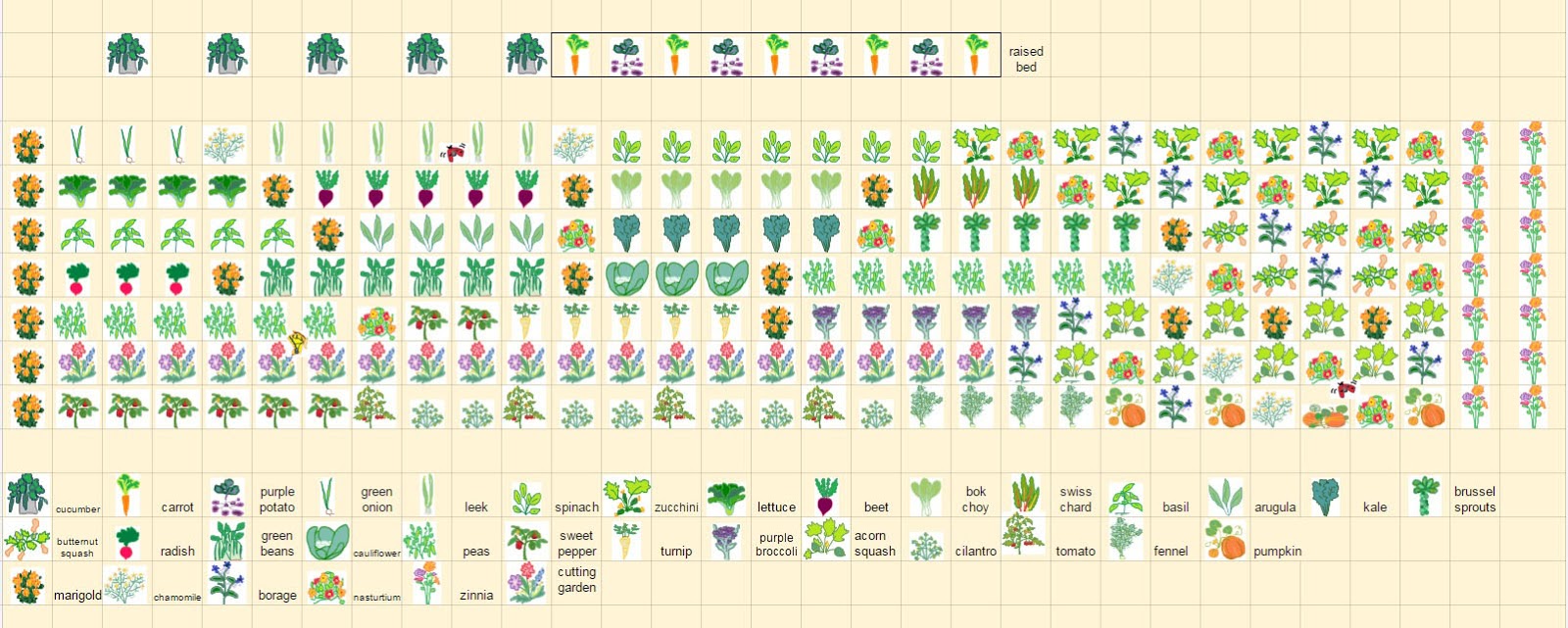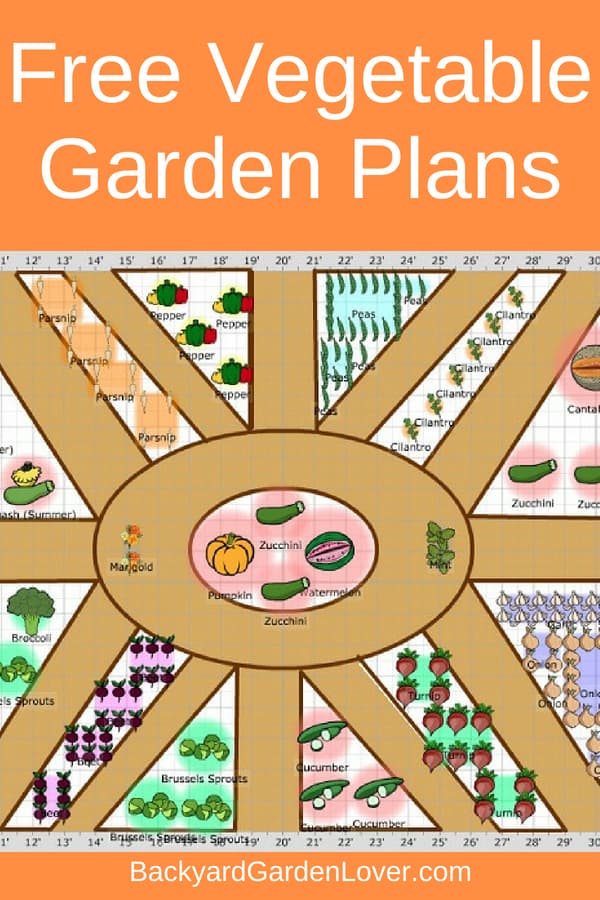

Shorter plants and tender fruits and veggies should stay on the South side of the garden. Cabbage, broccoli, lettuce, and potatoes will all do well in the middle of the plot. Plus, they won’t be cramped up near the edge of the garden bed. This way, if a bit of shade gets cast from other plants, it’s not the end of the world. Shade-tolerant veggies that require some extra space to grow comfortably will do well in the very centre of your garden. Corn, beans, sunflowers, tomatoes and cucumbers all belong on the North end of your garden. This way, when the sun shines across your garden from East to West as the day goes on, shadows won’t cast down from the tall plants onto the shorter plants below. Tall plants or those that require a trellis to creep up should be planted on the North side of your garden.



If you have a big mix of different vegetables, do a little research into the sunlight and water needs of each plant, as well as the height and size, then group them up accordingly. Strategically placing these different types of plants in the correct spots will result in happier plants, plain and simple. There are endless different styled layouts and elaborate vegetable garden setups that you can mimic, but for the sake of simplicity, here are some general guidelines that will help you build a booming vegetable garden.Įdible Garden Planner: What to Plant, and WhereĮvery vegetable plant has different needs, but you can definitely narrow things down into groups of vegetables with similar preferences. If you haphazardly scatter a mix of vegetables into one single plot, you might unknowingly place a small, sun-loving plant next to a tall, leafy plant that will end up casting shade all summer, resulting in less-than-stellar growth. If you have the space and are planting in-ground or raised beds, start with six or so easy-grow vegetables to build your expertise, such as vine tomatoes, cucumber, dwarf beans and sweet corn.Taking the time to plan a layout for your vegetable garden makes a massive difference in crop yield and the overall health of your plants. If you have the space, consider putting pathways in between your raised garden beds these can be lined with woodchip, sawdust, or just grass (though keep in mind they will be high traffic!).Ĭhoose vegetables that will succeed in your climate and soil. You'll want to be able to get at your vegetables from more than one side or angle without having to step on the soil and jeopardise its mates. Since you're likely going to be harvesting by hand, considering access is important.
Vegetables garden planner how to#
They’ve survived the early growth challenges and someone else has done all the hard work for you for little extra cost! How to plan your vegetable garden beds If you only get 10 seedlings from 100 seeds you’ve put in a lot of effort for a sad result.īefore buying seeds ask yourself: is germination easy? Will germination and growth take too long for the season? Will it transplant well? If not, then seedlings are for you. Once you've got your plot or pots ready, it's time to decide on your medium! Seeds are cheaper to buy than seedlings, but it may be a false economy in terms of the time seeds take to grow and their viability. Screw them together with 100mm bugle-head batten screws and bury them 100mm into the ground. You can build a simple vegetable garden bed from just three 2.4m x 200 x 50mm sleepers (choose ACQ or LOSP ‘safe’ treated pine). Use two of the sleepers to form the sides, and cut a third in half to create the ends. Or make a wicking bed that draws water from a reservoir underneath. Before installation, think about an irrigation system that leads into the soil subsurface so there is no evaporation in summer. Just don't use treated pine unless it is arsenic-free. There are many styles and sizes of raised beds you can buy, or you can put together a basic frame yourself. The best vegetables for pots are salad greens (such as cos, watercress, baby leaf spinach and rocket), tomatoes, chilli, capsicum, snow peas, onions (onion chives and garlic chives), cucumber and baby root vegetables like carrots and beets. Vegies are always hungry and thirsty because they are quick growers. Herbs can grow in small pots (around 25-30cm deep), but most vegetables need pots 30-50cm in deep that can hold 1-2 bags of quality potting mix. There are many positives when growing vegies in pots: you can move them to follow the sun, they're decorative, and you can hang them from a wall or ceiling when space is tight.


 0 kommentar(er)
0 kommentar(er)
